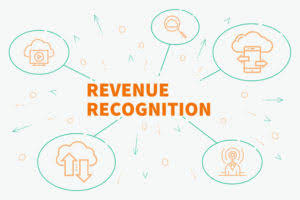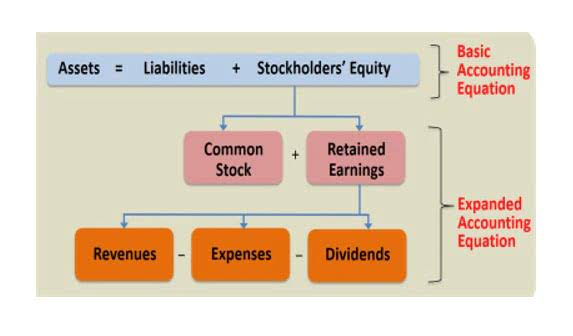
Where a transaction is not recorded in Journal or not Bookstime at all posted in the respective ledger accounts. The first three items fall under “accounting changes” while the latter falls under “accounting error.” Accounting changes and error correction is a pronouncement made by the Financial Accounting Standards Board (FASB) and the International Accounting Standards Board (IASB). An error of omission happens when you forget to enter a transaction in the books. For example, suppose the trial balance showed total debits of 84,600 but total credits of 83,400 leaving a difference of 1,200 as shown below. “If you spot something coded to the wrong month or expense account, you just drill in and fix it,” says Kelsey Higginbotham, VP of Client Services at Inn-Flow.
What Are the Common Types of Accounting Errors?

You should also establish clear guidelines and review processes for complex or unusual transactions. You can also help catch principle errors by conducting regular internal audits. Detecting errors in financial accounting requires a systematic approach, using both manual scrutiny and technological tools. One effective method is the reconciliation process, which involves comparing financial records with external documents such as bank statements and supplier invoices to spot discrepancies. This retained earnings practice highlights inconsistencies and ensures that all transactions are recorded in the correct period. Accounting errors often stem from human oversight or system inefficiencies.

How Integrated Hotel Management Software Boosts Operational Efficiency
These types of systems can also generate depreciation schedules, update asset values in real time, and integrate depreciation expenses into reports. But have real-world consequences like overbilling clients or misinterpreting financial reports. To mitigate these issues, it’s important to double-check entries — and implement data validation tools like Brex AI that flag inconsistencies and duplicate entries. Accounting errors are unintentional mistakes that occur while accounting professionals record or account for data. It does not arise because of the selfish motives of the employees or the company itself.
Train Employees and Accountants Regularly

To prove the arithmetical accuracy of accounting, the trial balance is prepared (either under the total method or under the balance method) to accounting errors confirm that the debits are equal to the credits. The process of finding and correcting mistakes of this kind is called rectification of errors. Rectification of errors can be addressed by answering the questions of what, why, and how. Changes in the reporting entity mainly transpire from significant restructuring activities and transactions.

Often, adding a journal entry (known as a “correcting entry”) will fix an accounting error. The journal entry adjusts the retained earnings (profit minus expenses) for a certain accounting period. To ensure accuracy, it’s essential to calculate retained earnings properly, as it directly impacts the financial statements.




